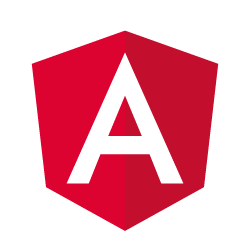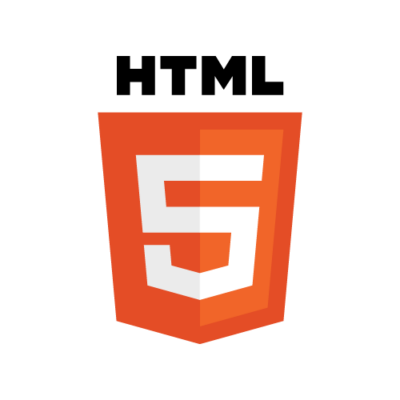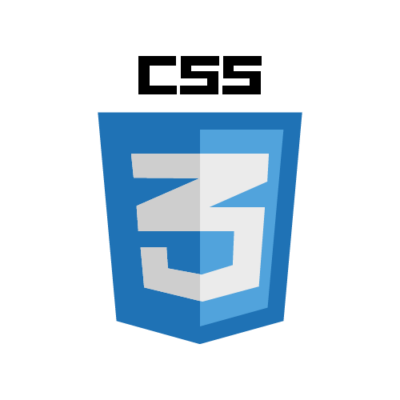This website uses cookies so that we can provide you with the best user experience possible. Cookie information is stored in your browser and performs functions such as recognising you when you return to our website and helping our team to understand which sections of the website you find most interesting and useful.

Client
The Client is a company headquartered in Germany and operating worldwide. Its platform serves as financial performance management software for the B2B sector, automating processes and presenting financial data in a transparent, easy-to-understand way.
Challenges
The Client’s existing software faced usability challenges, complicating onboarding and implementation. To address this, the company had to enhance system intuitiveness and transition it to a SaaS Corporate Performance Management (CPM) platform. There was also a need to redesign the UX/UI to improve usability and align with modern standards for a better user experience. Additionally, we addressed gaps in their Quality Assurance (QA) process by implementing a structured testing strategy and introducing automated tests at the integration and end-to-end (E2E) levels.

Solution
Web Application Development
We migrated the platform from Java desktop to an Angular-based web application for financial reporting, supporting large data volumes with lazy loading for efficient performance. The system aggregates data, allows for data filtering, and displays charts, running smoothly even with massive datasets.
UX/UI Design
Our team analyzed the existing system, conducted discovery workshops, and created a design system to ensure consistency. We focused on clear guidelines, intuitive interfaces, and self-explanatory microcopy, using tools like Figma, Angular, and Quarkus.
Quality Assurance
We developed a structured QA strategy, including custom data visualizations and traceability across the Software Development Life Cycle (SDLC). We implemented a QA Handbook, test plans, and automated tests, ensuring thorough validation and the execution of test scenarios.

Results
The Client was pleased with our work because we took proactive care of the quality of the entire software development process. Within two weeks, we proposed an interactive mock-up of the application with ready-made views. These fast results impressed the client, especially given the level of domain knowledge required.
We focused on creating automated tests and employing Quality Assurance specialists on our Scrum teams. Thanks to this approach, our team of 20 specialists has built a solid, trust-based relationship with the Client, which improved the efficiency of our work.
Technologies




Design, Development, DevOps or Cloud – which team do you need to speed up work on your projects?
Chat with your consultation partners to see if we are a good match.






